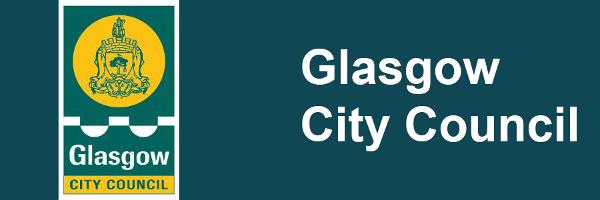Cathkin Braes Country Park and Local Nature Reserve
Cathkin Braes Country Park covers a large area (199 Hectares/493 Acres) in the south east of Glasgow.
It is rich in history and a familiar landmark on the southern skyline reaching 200 metres above sea level, the highest point in Glasgow.
The park is renowned for panoramic views over the city and beyond including the Gleniffer Braes and the Kilpatrick and Campsie ranges. On a clear day many familiar mountain peaks can be seen.
The natural environment of the park with abundant informal paths, ancient woodland, grassland, heath and scrub is ideal for walking, picnics, informal recreation and environmental study.
Where is it?
What can I do there?
If venturing onto the less formal paths, it is advisable to wear stout footwear and warm clothing as conditions can change on exposed slopes. As with all remote areas, a mobile phone can be useful in case of emergency.
As an area of outstanding natural beauty there are few formal facilities in the park however many exist close by:
- Informal provision includes a footpath network (surface variations)
- Mountain Bike Course
- Interpretation
- Woodlands
- Drystane dykes
- Grassland (suitable for picnics)
- Orienteering course - Contact Maps-STAG for maps and events
- Expansive open space for activities such as kite flying and horse riding or use by model aircraft clubs
When is it open?
The park is open at all times.
History
The eastern part of the Country Park was gifted to the city in 1887 by millionaire Mr James Dick who stipulated that the open space most by retained in a natural state and open for public enjoyment
- The area was originally known as the Cathkin Hills and during the Iron Age a Celtic tribe known as the Damnonii lived here. The discovery of many artefacts has been recorded and several cairns still exist to this day.
- Both the Big Wood and Cathkin Braes Park Wood are of ancient origin and appear on General Roy's Military Survey (c1750).
- Queen Mary's seat is a large cairn in the area where Mary Queen of Scots is reputed to have observed the defeat of her forces at the Battle of Langside on 13 May 1558.
- Both Castlemilk and the Cathkin Hills formed part of the Carmunnock parish. Much of Cathkin Braes was originally part of the Castlemilk Estate owned by Sir John Stuart (Baronet).
- A park pavilion was built around 1890 and was used regularly until the early 1980s when it had to be demolished for structural reasons.
- At the beginning of the last century major events were held at the pavilion site including music concerts attracting crowds in excess of 10,000
- Glasgow Corporation acquired the western part of the site from Castlemilk Estates in the 1940s
- The Country Park initiative was established in 1995 after a consultative process in the local area supported by the Strathclyde Structure Plan and Carmunnock Local Plan.
Outstanding Features
- A site of importance for nature conservation (SINC) extends from Blairbeth Golf Course in the east to Windlaw Farm in the west and includes species of importance listed in the Biodiversity Action Plan
- Small Pearl - Bordered Fritillary
- Reed Bunting
- Burnet - saxifrage
- The wide range of local habitats includes marsh, heath, scrub, grassland, hedgerows and woodlands
- The ancient woodland visible on the skyline for many miles around is a feature in its self
- The park is renowned for panoramic views over the city and beyond including
- Gleniffer Braes
- Kilpatrick and Campsie ranges
- Mountain peaks which can be seen on a clear day include Ben Lomond and Ben Ledi to the north, whilst in the west Goatfell is often visible
- A viewfinder to aid identification of the peaks is located near to the highest point - close to Queen Mary's Seat.
Related Content
Related Documents
Related Links




